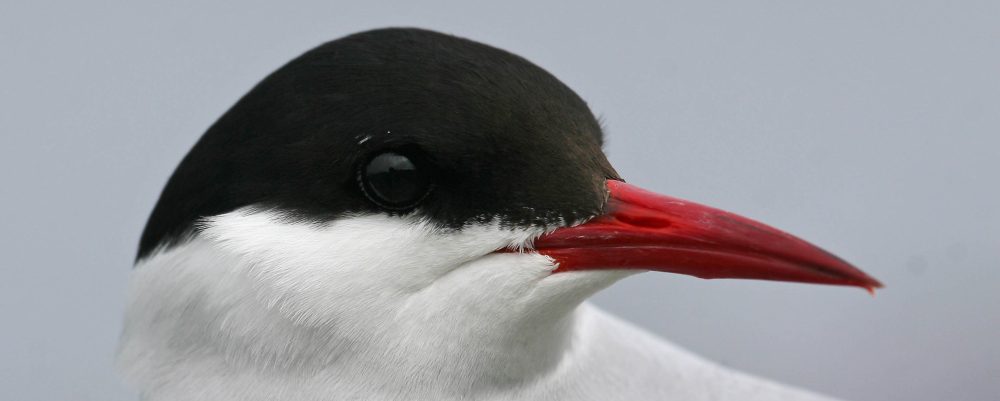A visit to North Lancashire, the red rose county, saw us looking at some unimaginably beautiful orchids. Among them were Lady’s Slippers. Good things come in small packages.
Monthly Archives: May 2017
Meet Isaac
This is Isaac. He lives here at Falcon Cottage. Isaac is in fact a Smooth or Common Newt photographed here sitting on the edge of the pond. He’s new to the world at barely an inch long. Although the pond is only three years old newts were using it within the first year. That begs the question. How did they find it? Situated here on the top of a hill, amid a sea of cereal crops with no body of water within many hundred of metres did they just wander here in anticipation of finding a pond? In other words was it just random; or is something else at work? Can they sense the water? Who knows.
Martins in the Morning
The wind was quite strong and on looking at the Sand Martins over the cliff they were hanging in the air. Well … hanging as much as Sand Martins do. I thought they would make an ideal subject for a bit of flight photography. One of the advantages we have here in Norfolk that as we look out to sea the sun is always over our shoulder. Not only ideal for sea watching but also great for photographers.
Polecats
There’s an interesting write up in last years Bird and mammal report by Richard Moores. Polecats have only recently made it into Norfolk but sightings continue to be made apace. Two were recovered as road kills at the beginning of this month south of Roughton on the A140. Both found on separate days; the first a female, the second a male.
The problem of sorting Polecats from Ferret/Polecat hybrids continues. I inspected the male and found it to be pure Polecat; or at least as pure as an external examination can conclude. The paws were all dark, the dark face mark came down to the nose, no paleness on the breast, a contrasting face patch and although the pelage was quite pale (probably still in its winter coat) there were no pale guard hairs.
A shame both animals had to die but it does show the species has a foothold here.
Minotaur
On tour last week I was surprised to see a Minotaur Beetle crossing our path up on the Heath. Normally only active at night these are quite impressive insects with three horns emerging from the pronotum. Not having my macro lens with me I had to photograph it with the 100 to 400mm lens I had fitted. With a little readjustment it more or less gave a decent result.
Twinned
The report of a Wood Warbler in Norfolk is always refreshing. We don’t often get them here but they are annual on their migration north. I was leading a ‘birds by song’ workshop for the NWT when one turned up on Saturday. We did call and have a brief look around but given it was silent didn’t place too much effort into seeing it. Besides it was a pig to see and even worse to photograph. I did however go back in the afternoon after the workshop and have another quick look for it. The event of lunch had not made it any easier; always at the back of bushes and never really showing well.
The Pied Flycatcher at nearby Granborough Hill that turned up late afternoon was only marginally better to photograph; by the time friend John and I got to it … the best of the light had more or less gone.










